If you attended Sunday or Hebrew school, you know the story. There once lived in the ancient Persian city of Susa a King Ahasuerus and his Jewish wife, Queen Esther. At first she hid her Jewish identity from the king, only revealing it in order to foil the plot hatched by Haman, her husband’s Jew-hating second-in-command, to exterminate all who shared her faith. In doing so, Esther saved her people from destruction – and earned a volume in the Hebrew Bible named for her.
Less well-known is that centuries later, in the Amsterdam of Rembrandt van Rijn (1606-69), Esther’s valor also made her a heroine to the citizens of the predominantly Protestant Dutch Republic. Newly freed from the religious and political oppression of Catholic Spain and its Inquisition, Esther’s story became a beacon of tolerance for both Dutch Protestants and for Jews fleeing persecution.
The myriad ways in which the Biblical queen inspired the imagination of Rembrandt and his colleagues and aroused the admiration of the Dutch are the subject of the enchanting and historically haunting exhibition, The Book of Esther in the Age of Rembrandt.
Esther’s story became a beacon of tolerance for both Dutch Protestants and for Jews fleeing persecution
The show consists of more than 120 objects, including stunning works by Rembrandt and Jan Steen; an extraordinary array of scrolls of the book of Esther; rare Jewish ceremonial objects; and an esoteric mix of maps and other archival materials. This grandness is commensurate with the story’s vast historical reach. The curators – the Jewish Museum’s Abigail Rapoport and the North Carolina Museum of Art’s Michele L. Frederick – have wisely chosen to keep viewers’ attention on the convergences and divergences of different eras and religious sensibilities. The exhibition opens with a synopsis of Esther’s story and a collection of maps chronicling Amsterdam’s expansion into the vibrant hub of the 17th-century Dutch Golden Age. Special attention is paid to the diverse neighborhood of Vlooienburg, which was home to both the city’s burgeoning Jewish community and to Rembrandt, who lived and worked there for 19 years.
Many of the area’s new arrivals were conversos and “secret” Jews from the Iberian Peninsula. Although these Jews’ ancestors had been forcibly converted to Christianity during the Inquisition in 1492, the Catholic hierarchy still ostracized them for their “impure” bloodlines. They were joined by the persecuted Jews of Germany and Eastern Europe. All of them understood why Esther had hidden her identity. Now, having recently liberated themselves from oppressive rule, the Dutch Protestants joined their Jewish neighbors in embracing the queen.
The galleries evoke Vlooienburg’s cultural mix by interspersing Dutch works from the era with Jewish communal and ceremonial items connected to the holiday of Purim, which celebrates Esther’s bravery and Haman’s downfall. Many of the exquisitely engraved and imaginatively decorated Esther scrolls (in Hebrew, megillot) are on loan from Amsterdam’s Portuguese-Israelite Congregation. Founded in the 17th century, the congregation still calls home its original building, situated an easy walk from Rembrandt’s longtime studio-residence.
Perhaps that’s why, like a ghostly guide, Rembrandt himself seems never far from view. His subtly lit “Self-Portrait, Age 23” (1629) shows him wearing an elegant cap made to look exotic by the festive feather sprouting from the side. Another painting, “Daniel and Cyrus Before the Idol Bel” (1633), also demonstrates his flair for ancient settings and imagined Persian dress in this dramatic scene.
Rembrandt depicts Esther herself in “A Jewish Heroine (probably Esther) from the Hebrew Bible” (1632-33), in which a resolute-looking young woman puts the finishing touches on an outfit certainly fit for a queen: a sumptuous burgundy gown accented by a delicate lace bodice and detailed with gold and silver filigree. Her arms, covered with flowing ivory sleeves, seem nervously posed, as if she’s rehearsing a speech. Could she be preparing to ask her husband to intercede on behalf of her people to overturn Haman’s murderous scheme?
Also on display are two versions of Rembrandt’s etching “The Great Jewish Bride (probably Esther)” (1635). She sits intently, her long hair flowing below her shoulders and on to her elegant fur cloak as she tightly grips a scroll in one hand – perhaps Haman’s genocidal decree. A 1638 etching portrays a similarly serious woman with unfurled hair; the model may be the daughter of Rembrandt’s Jewish neighbor, Ephraim Bueno, so the etching is sometimes dubbed “The Little Jewish Bride.”
Esther dominates the composition in these and other works. “Imagery of Esther getting ready and pleading with Ahasuerus to spare the Jews in his empire draws parallels with the courage the Dutch needed to face their Spanish enemy,” declares the text pasted to the wall beside the piece. Yet Esther is one of an ensemble cast in several other paintings of the era, many of which are reminiscent of stage scenes.
Could Esther be preparing to ask her husband to intercede and overturn Haman’s murderous scheme?
Rembrandt’s onetime studio-mate Jan Lievens (1607-74) relays a dramatic moment in his ornate, oversized canvas “The Feast of Esther” (1625). What looks like a stage light focuses on Esther as she turns to address her husband, seated on one side of her, while pointing to Haman on the other. We see the pivotal moment she has set in motion; the king clenches his fists in anger and the startled, open-mouthed Haman reflexively draws back into the shadowy corner of his chair.
The most affecting section of the exhibit focuses on the Dotar, the charitable Purim lottery, still active today, sponsored by the Portuguese Synagogue to provide dowries to orphaned brides-to-be. It is vibrantly represented by the elaborately embroidered red silk and velvet lectern cover on which were placed 17th-century silver tureens; the winning petitions were drawn from them. Its provision for the Jewish community’s future contrasts starkly, the show notes, to the “Sephardim’s forced hiding of the past.”
Left unmentioned, surprisingly, is the forced hiding brought about three centuries later, when the Nazis trapped so many Dutch Jews in a land far beyond Esther’s reach. That chapter of the Jews’ shared history with the Dutch is commemorated, too, near Rembrandt’s residence in Vlooienburg, where many small Stolpersteine – stumbling stones – have been embedded in the cobblestones to mark the lost homes of Jews hunted down and murdered in the Holocaust. Their ghosts, and Rembrandt’s, mingle in the mists.
This article was originally published in The Spectator’s September 15, 2025 World edition.



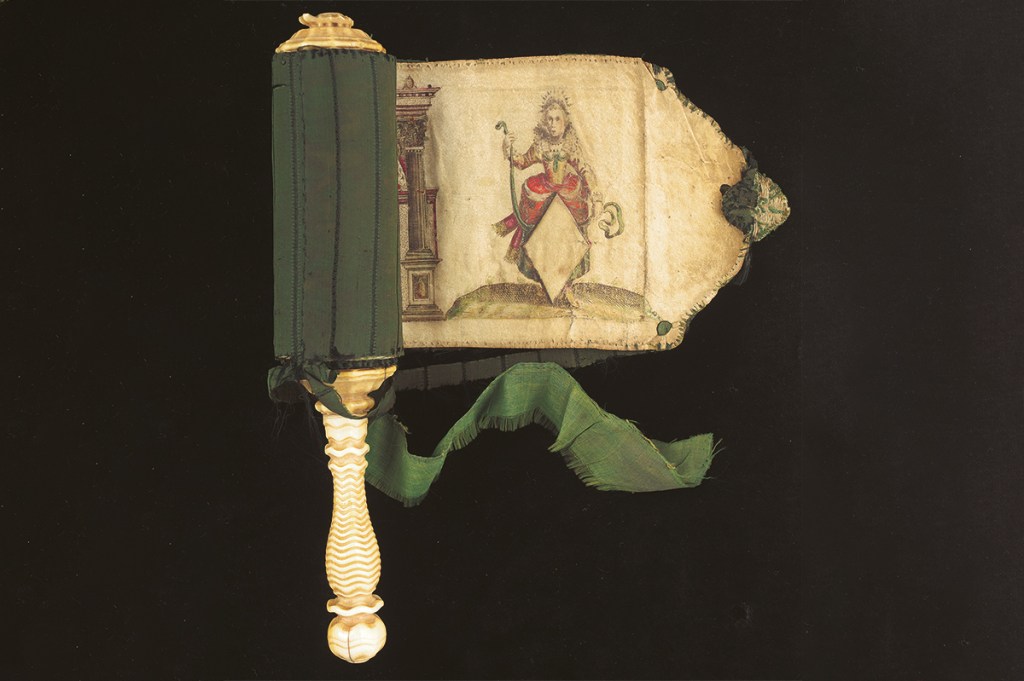







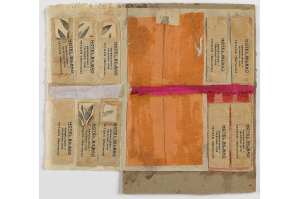
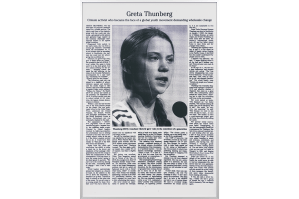
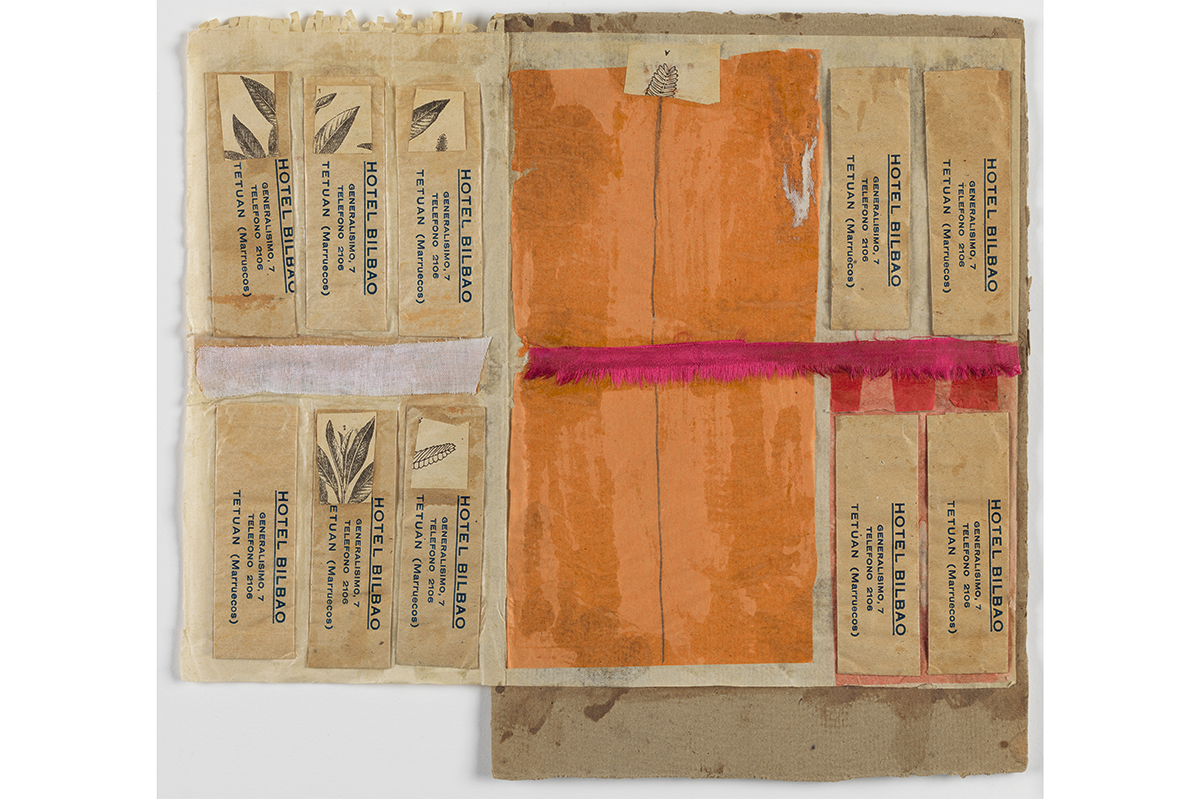
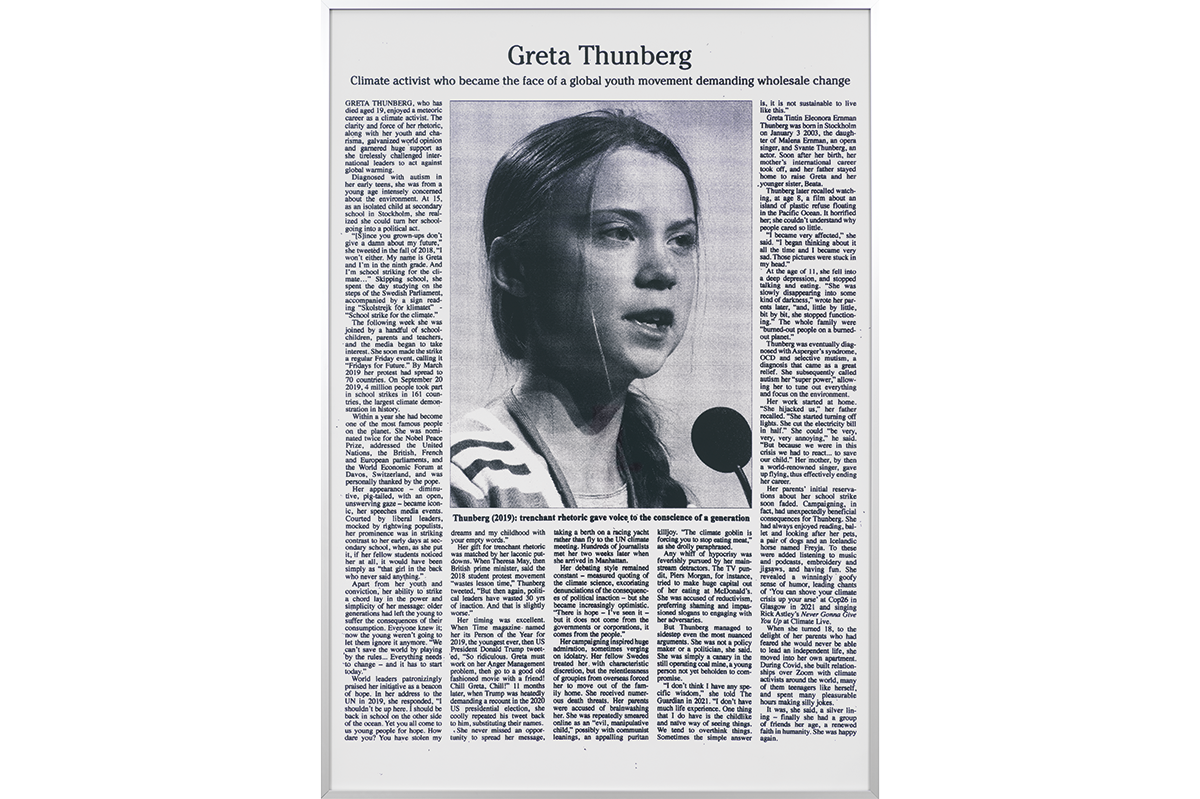
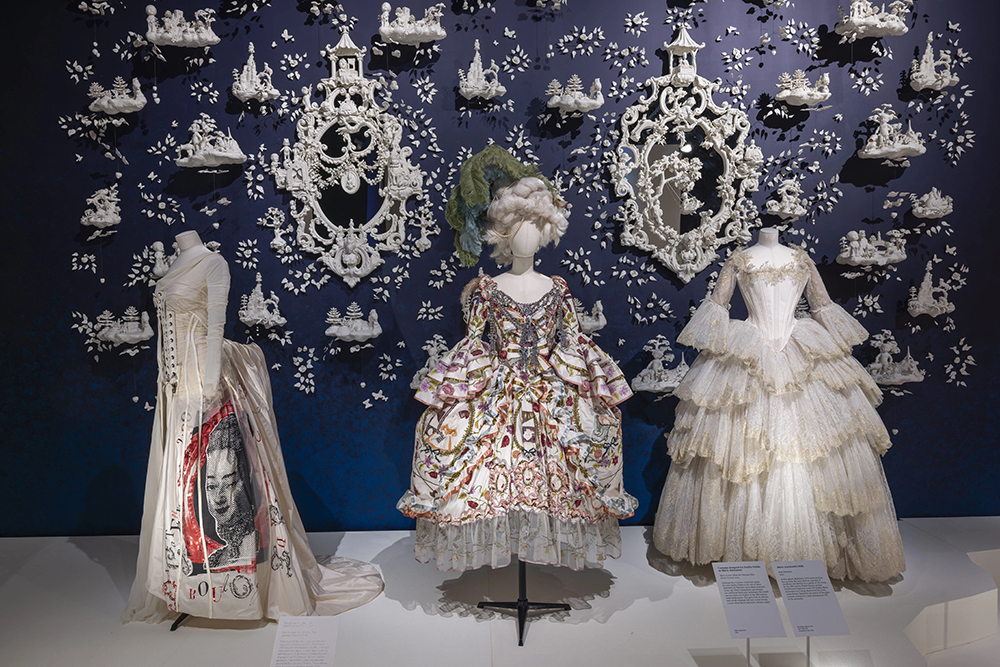
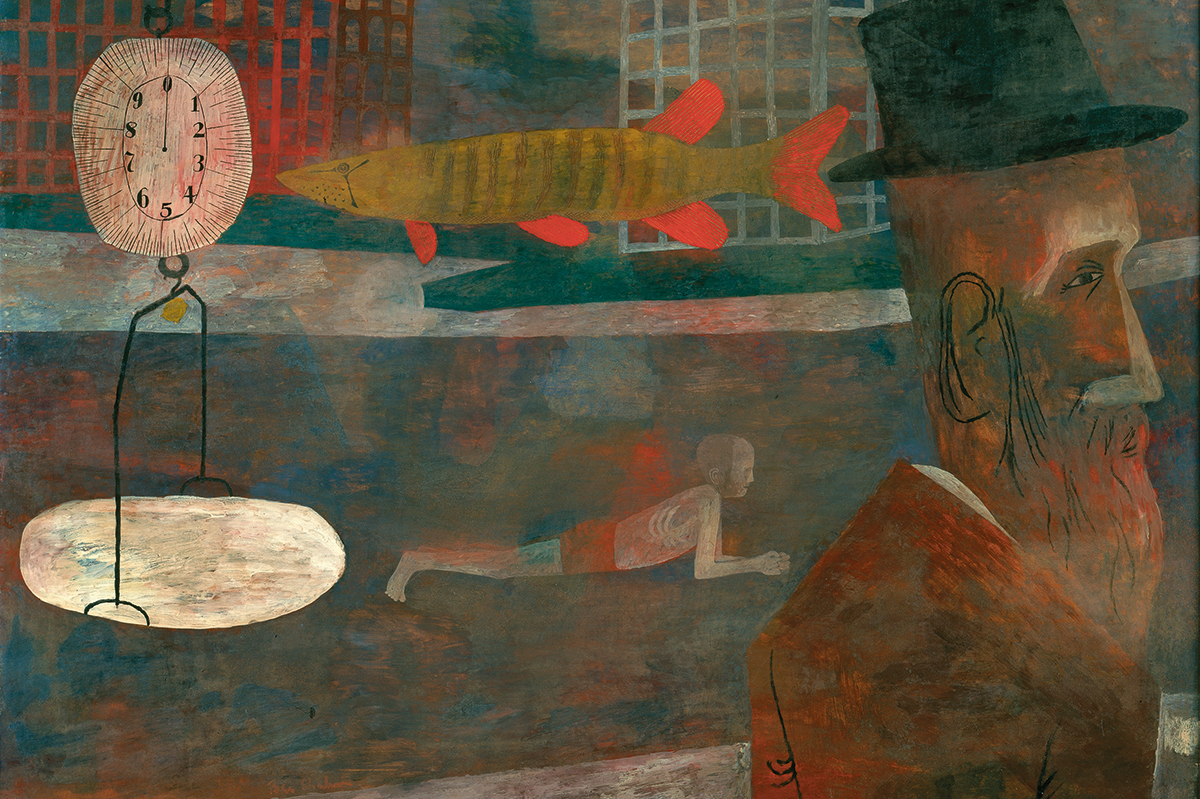
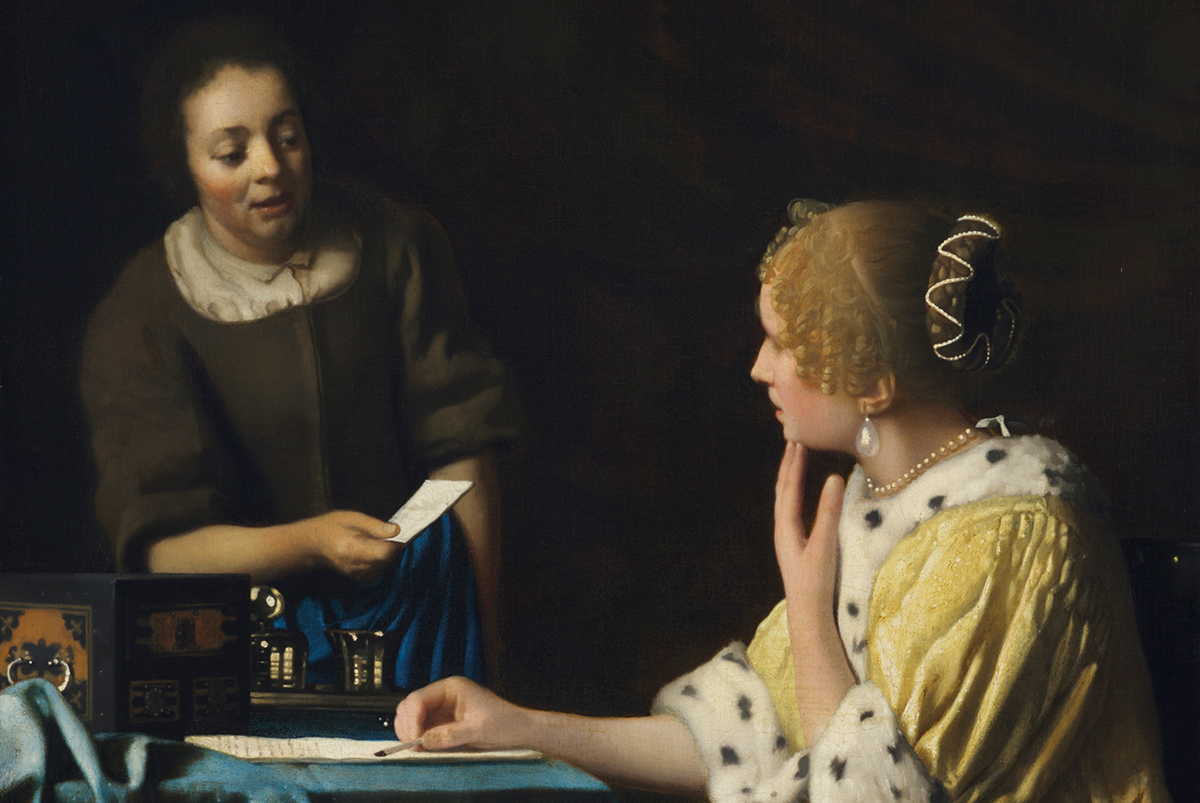
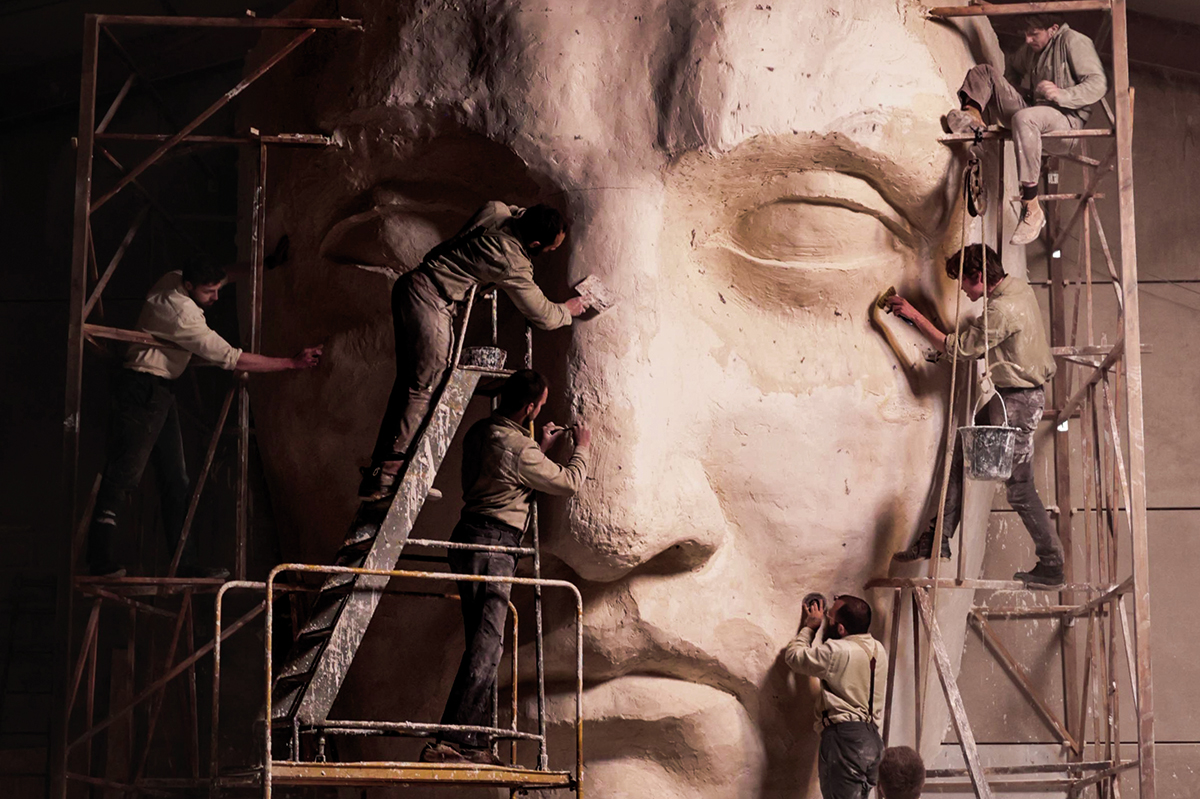







Leave a Reply